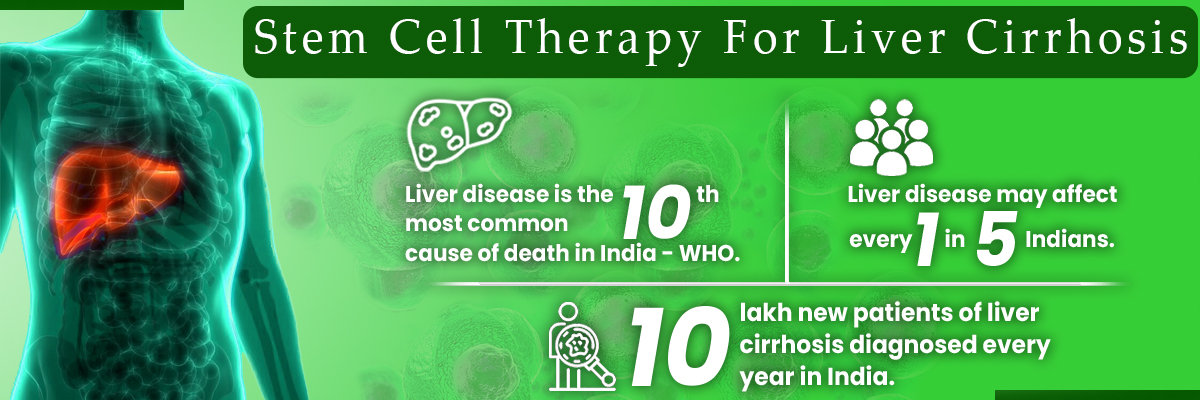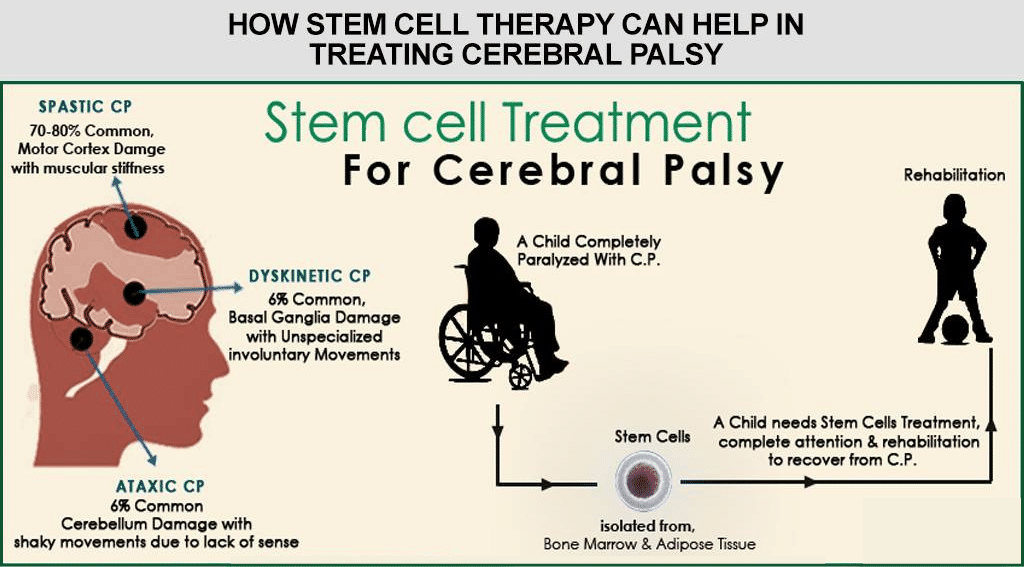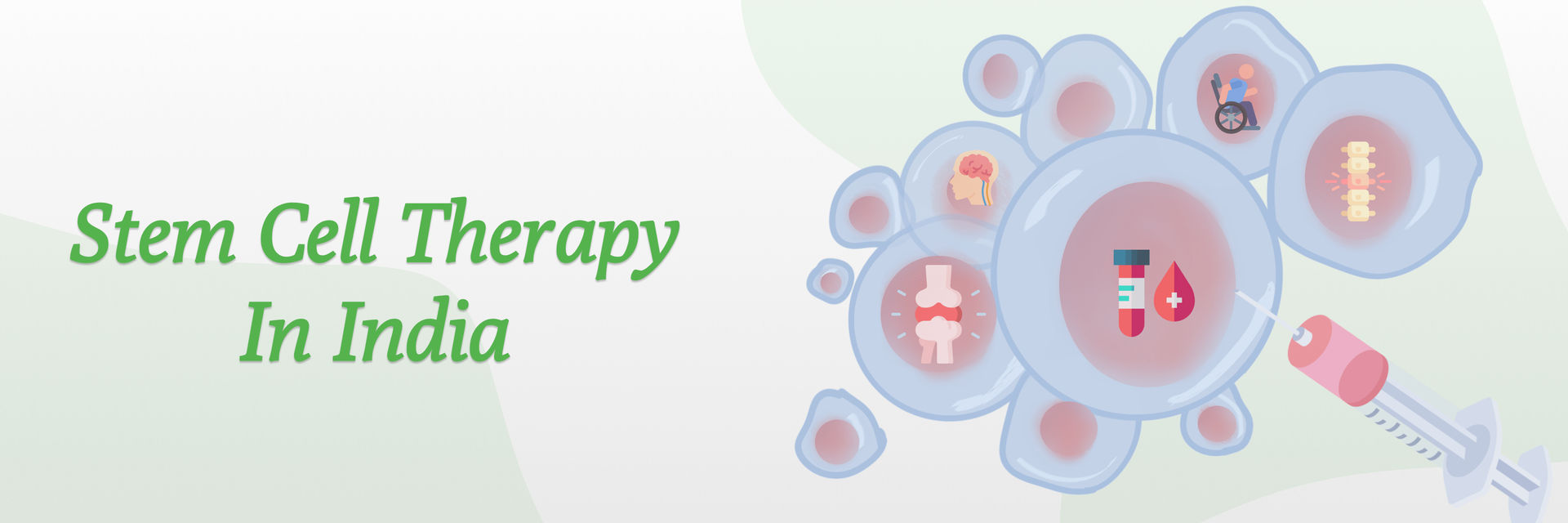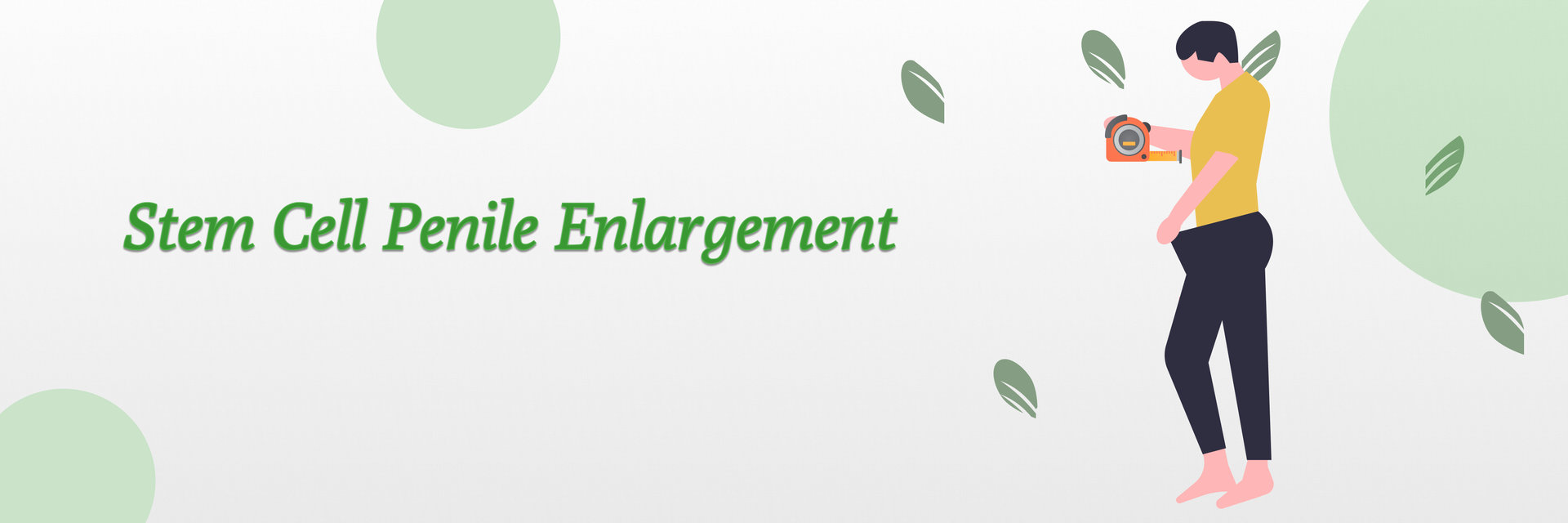Overview
Hearing loss is a global issue, affecting approximately 466 million people worldwide, including both adults and children. This condition can profoundly impact communication, social interactions, and overall quality of life. Common causes range from genetic factors and aging to noise exposure and infections.
Stem cell therapy emerges as a groundbreaking potential treatment for hearing loss, especially for those cases where traditional treatments fall short. Utilizing the regenerative abilities of stem cells, this approach aims to repair or regenerate damaged cells within the ear. As research progresses, early results are promising, offering hope that stem cell therapy could one day significantly improve or even restore hearing for millions globally.
As we delve deeper into stem cell hearing loss, we uncover a blend of pioneering research and life-changing applications, paving the way for a future with improved hearing solutions.
Our ears can be divided into three parts—the outer, middle, and inner. Out of these, the inner ear is the most sensitive part.
The inner ear has a minor part called the organ of Corti. This part is lined by delicate hair, which helps us hear sounds. The fine hair is only formed in the fetus. After birth, they cease to multiply. Irreversible hearing loss is caused by damage to this hair.
A variety of factors can cause hearing loss. Some of them are:
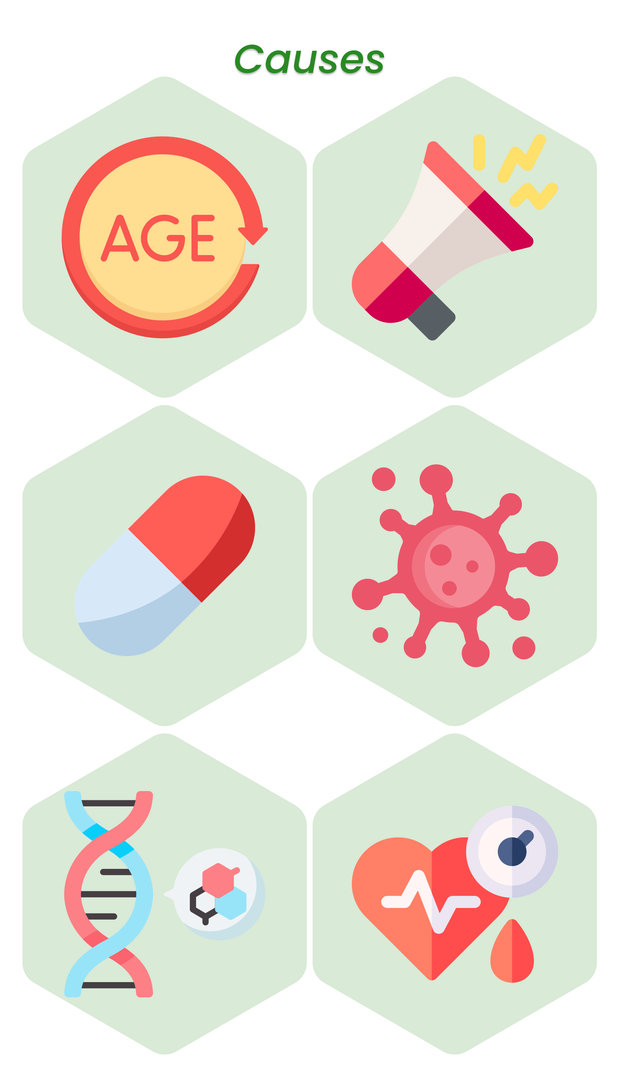
Sadly, many types of hearing loss can’t be reversed. The first thing we should know about is the different types of hearing loss. It is classified based on the part of the ear that is affected.
Types of Hearing Loss

Discover the types of hearing loss and take the first step towards better hearing – schedule your appointment now.
| Type of Hearing Loss | Part Of The Ear Affected |
| Conductive | involves the outer and the middle ear |
| Sensorineural | involves the inner ear |
| Mixed | it is a combination of both |
How does one recognize that they are losing their ability to hear? You can compare your symptoms with the list below to determine if you have hearing loss.
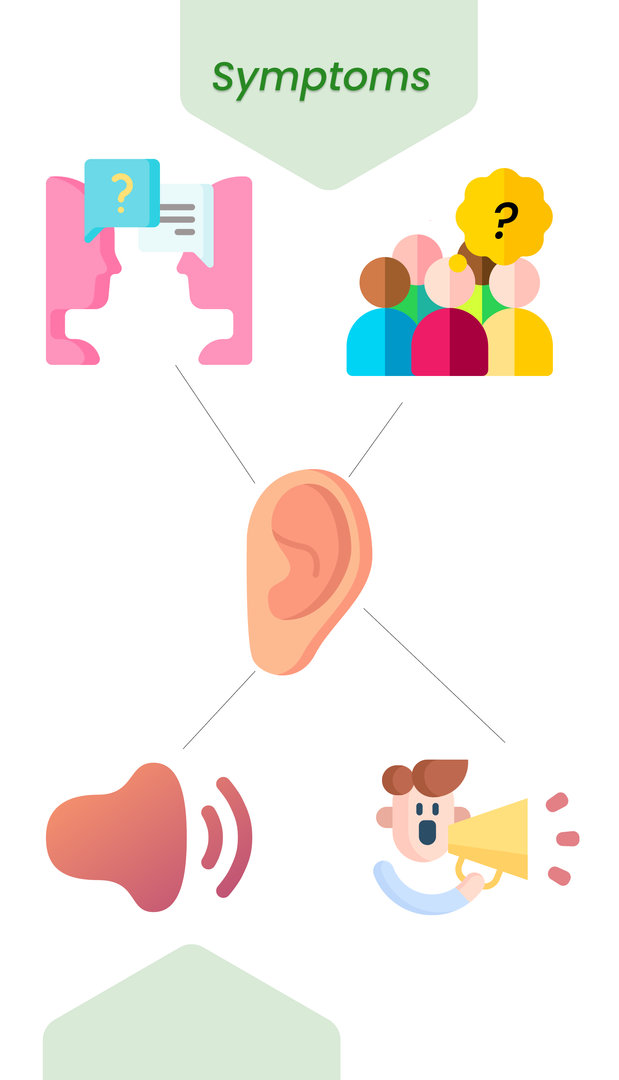
- Muffling of speech and other sounds
- Difficulty in understanding words, especially in a crowded setting
- Needing to increase the volume of the television and the radio
- Regularly asking others to speak more loudly or clearly
Did you answer in the affirmative for several of the above symptoms? You don’t need to jump on the worry wagon just yet.
Several studies have shown promising results for stem cell therapy for hearing loss.
Indeed, stem cell hearing loss is still in the initial stages of clinical trials. However, these encouraging results show us that it has the potential to cure hearing loss one day too.
Stem Cell Clinical Trials for Hearing Loss
Several clinical trials are currently underway to test the progress of stem cells for hearing loss. Different studies use different types of stem cells.
Most trials use the patients’ stem cells, and very few use donor stem cells. A majority of the studies are done using mesenchymal stem cells which are obtained from the patient’s bone marrow.
Some studies have used umbilical stem cells, and a small number have extracted stem cells from the patient’s adipose tissue.
Can Hearing Loss be Cured with Stem Cell Therapy?

Unfortunately, it is still impossible to completely reverse hearing loss, especially when the inner ear is involved.
If you ask, ‘Will stem cell therapy fully restore hearing loss?
We will say “No.
Perhaps in a few years, this might be possible. However, stem cell therapy for sensorineural hearing loss can greatly alleviate symptoms. In short, it can reverse hearing loss up to a limited extent.
Stem Cell for Types of Hearing Loss
But what are stem cells, you ask?
Stem cells are special cells in our body that can differentiate into any tissue. This means they also can differentiate into auditory hair cells.
Sensorineural hearing loss stem cell therapy is certainly coming into its own now. The stem cells have the potential to differentiate into the fine hair of the inner ear.
The regeneration of new hair restores hearing function to a tangible extent.
Rodent studies have also successfully used stem cells to create drugs that can promote the regeneration of the fine hair of the cochlea.
In the conductive type of hearing loss, auditory neurons are damaged. Several clinical trials have shown a resounding success in treating this type of hearing loss with stem cells.
Unlock the potential of stem cells in treating various types of hearing loss. Take charge of your health and your life – contact us today!
Stem Cell Therapy for Age-Related Hearing Loss
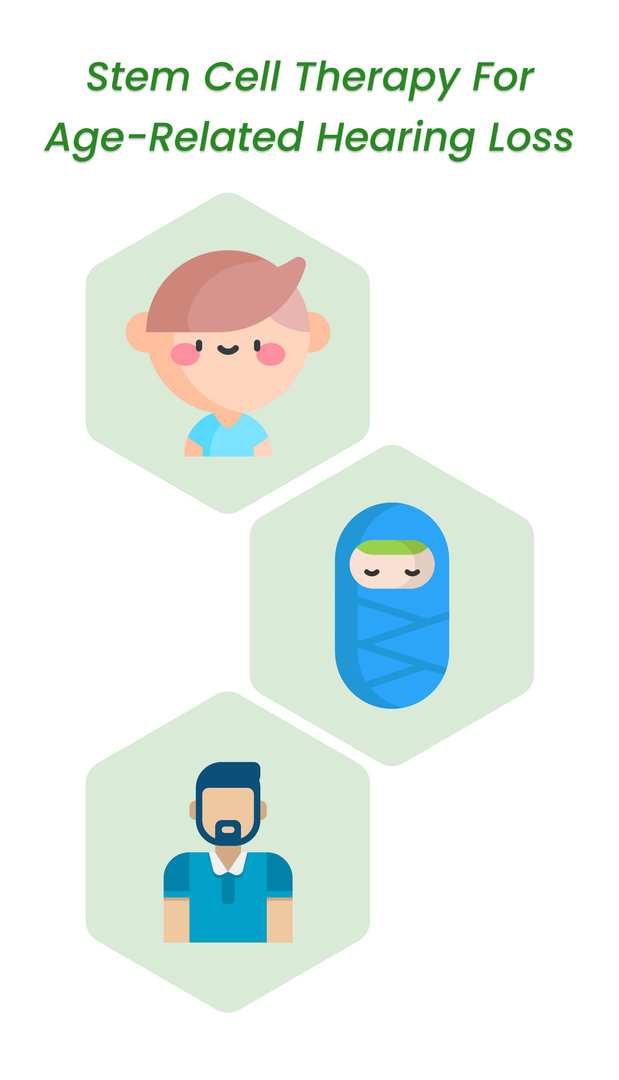
But can sensorineural hearing loss stem cell therapy be performed in patients of all age groups?
This question doesn’t have a straightforward answer. For children, it needs to be evaluated on a case-to-case basis.
For infants with genetic or acquired hearing loss, umbilical stem cells are usually preferred. It is even better if it is the baby’s frozen umbilical cord. For best results, the transplant should be done before twenty-five months of age.
In older children and adults, bone marrow-derived stem cells are usually used. In some cases, though, adipose tissue-derived stem cells might be used in adults.
Does Stem Cell Therapy for Hearing Loss Work?
The short answer is yes.
Stem cell trials for sensorineural hearing loss have shown high degrees of success. Nearly 90% of patients show an improvement in their hearing abilities.
However, like every medical procedure, this one also has its risks and benefits. You will have to evaluate them yourself to decide if this is the correct procedure for you to undergo.

Benefits:
- Potential regeneration of the delicate hair of the cochlea
- Can be done as an out-patient procedure
- Harnesses the power of naturally occurring cells in our bodies to restore hearing
- No side-effects
Risks:
- Treatment is only available in clinical trials at present
- Stem Cell Therapy is currently limited in its applications
- Infection at the site of implantation
How Does Stem Cell for Hearing Loss Work?
Are you curious to know about the procedure of stem cell treatment for sensorineural hearing loss? Well, we have detailed the whole thing for you.

The first step is the collection of the stem cells. In most cases, they are extracted from the bone marrow of the hip. For infants, they are collected from the child’s frozen umbilical cord or a donor umbilical cord. If the stem cells are going to be extracted from the fatty tissue of the abdomen, liposuction is done.
These extracted stem cells are then taken to a stem cell laboratory. Using a technique called ‘density gradient technique,’ the stem cells are purified and collected into a concentrated form. This process generally takes three to four hours.
The final step is called implantation. The stem cells are usually transplanted into the inner ear. Here, they will differentiate into auditory neurons and hair cells that will help you hear again. This procedure doesn’t last for more than an hour.
After the procedure, you might be given some basic instructions like avoiding driving for a couple of hours. And voila! Your stem cell transplant is done!
What to Expect After Stem Cell Treatment?
If you’ve got out your pen and paper to make a list of all the precautions you’ll have to take after this procedure, put them away.
There are only a couple of things you might be asked to follow:
- No driving immediately after the procedure
- No strenuous activity for a few days after the procedure
Curious about life after stem cell treatment? Take the first step to recovery. Contact us today for personalized treatment information.
That’s it. But what about the side effects?
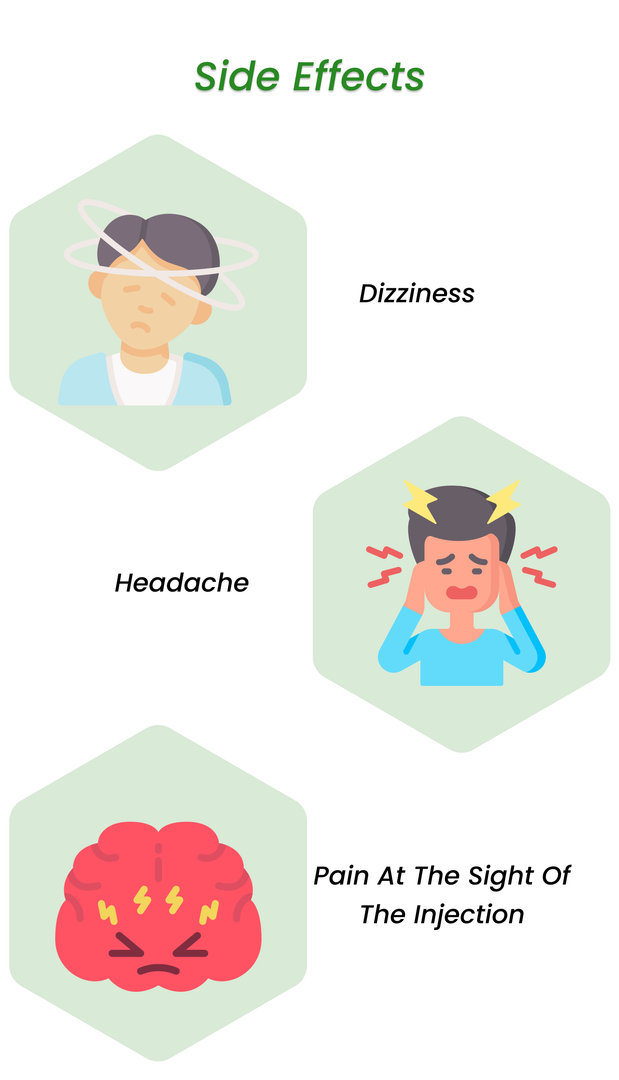
Well, no long-term side effects have been reported in over a decade of clinical trials.
You might feel some dizziness after the procedure for a couple of hours. You might experience a headache or some pain at the sight of the injection. However, that also vanishes in a few days.
As for results, that is a tricky area to predict still. Some patients show an immediate improvement in hearing abilities (in a couple of weeks), while some only show an improvement after a couple of months.
The sensorineural hearing loss stem cell therapy timeline differs for each person.
Success Rates of Stem Cell for Hearing Loss
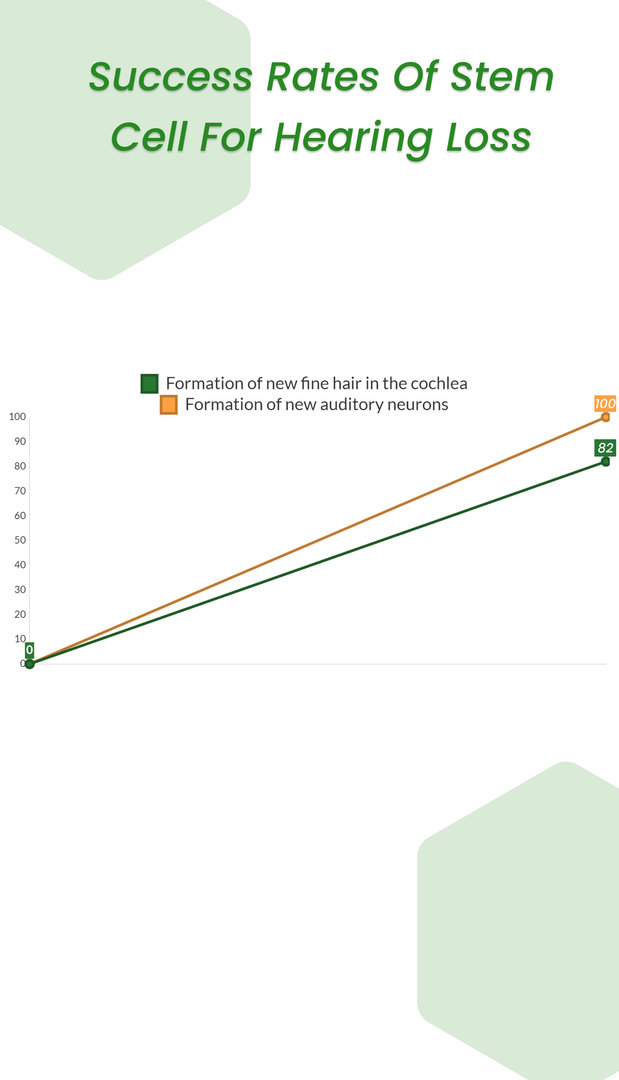
This is one of the most crucial questions, isn’t it? You will be quite happy to know that sensorineural hearing loss stem cell treatment has a very high success rate.
82% of patients have displayed the formation of new fine hair in the cochlea, while nearly 100% of patients have shown the formation of new auditory neurons.
Cost of Stem Cell Treatment for Hearing Loss
The cost of stem cell treatment for sensorineural hearing loss depends on several factors the type of facility you opt for, the type of stem cells required, and the number of cycles needed.
The expense of stem cell treatment for hearing loss in India varies from 6000 to 15,000 USD (4.5 to 11.25 lakhs INR). Each cycle costs around 2500 USD.
Places That Do Stem Cell Therapy for Hearing Loss
Several countries now conduct stem cell trials for sensorineural hearing loss. The most popular ones are:
- USA
- India
- UK
- Canada
- Spain
- Germany
So, what makes India the best option for your treatment?
Honestly, there are several reasons for this.

- The most affordable healthcare
- Have been conducting clinical trials for more than a decade
- Have a higher success rate than the global average (85-95%)
- Top-tier facilities offer this treatment
- All medical institutes follow an evidence-based protocol that gives predictable results
Stem Cell Research for Hearing Loss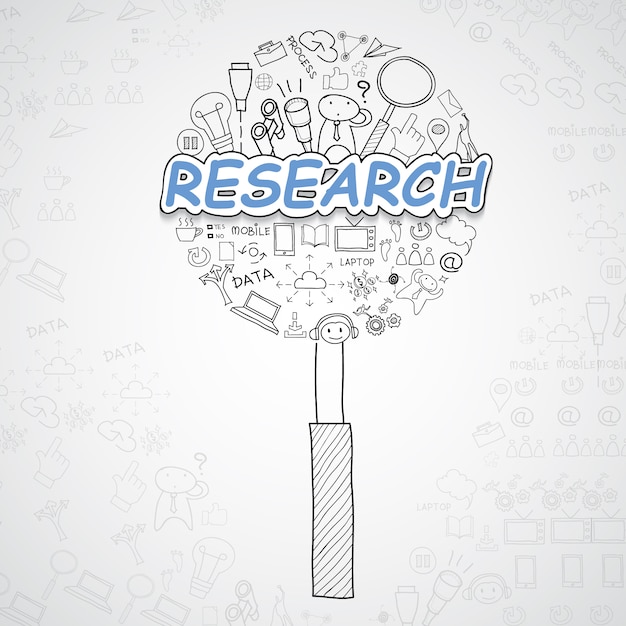
Stem cell research has come a long way over the past twelve years, providing us with treatment solutions that we never thought were possible before. Of course, extensive studies are still required to ensure predictable success with this treatment.
The best part of this treatment is the variety of stem cells available in our bodies. This study reviews the various types of stem cells and their potential success in reversing hearing loss.
The good news is that nearly all types of stem cells have shown a certain amount of success in treating hearing loss. So, we can safely say that stem cell treatment will be one of the most sought-after treatments in a few years.
And soon the lives of those with hearing issues will become a musical and heavenly one from a scary and gloomy one!
Explore the breakthroughs in stem cell research for hearing loss. Your well-being is our priority – call us to book your appointment today and be part of the future of hearing healthcare.
FAQs
What is stem cell therapy for hearing loss?
- It's a treatment approach using stem cells to repair damaged cells in the ear, potentially restoring hearing.
How does stem cell therapy work to improve hearing?
- Stem cells can regenerate or repair the damaged sensory cells in the inner ear that are responsible for hearing.
Is stem cell therapy for hearing loss safe?
- Current studies suggest it's generally safe, but it's still under research to fully understand the risks and benefits.
Can stem cell therapy cure all types of hearing loss?
- It shows the most promise for sensorineural hearing loss, the most common type, but research is ongoing for other types as well.
How can I participate in a clinical trial for stem cell therapy?
- Contact hearing research centers or hospitals conducting trials, or visit clinical trial registries to find ongoing research you might qualify for.

